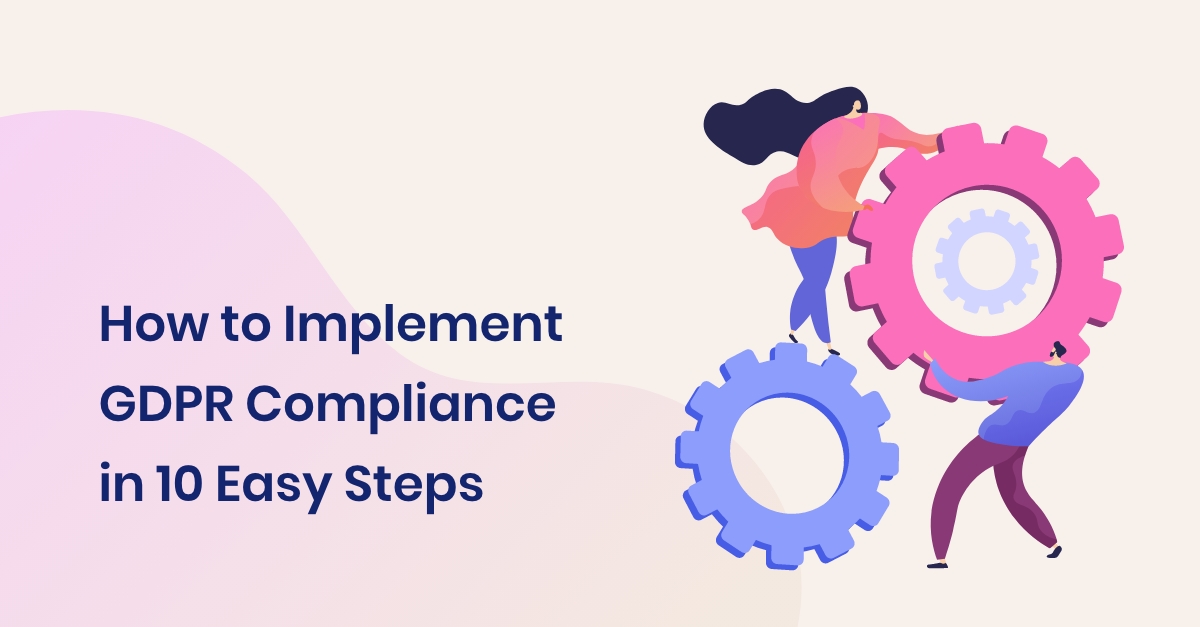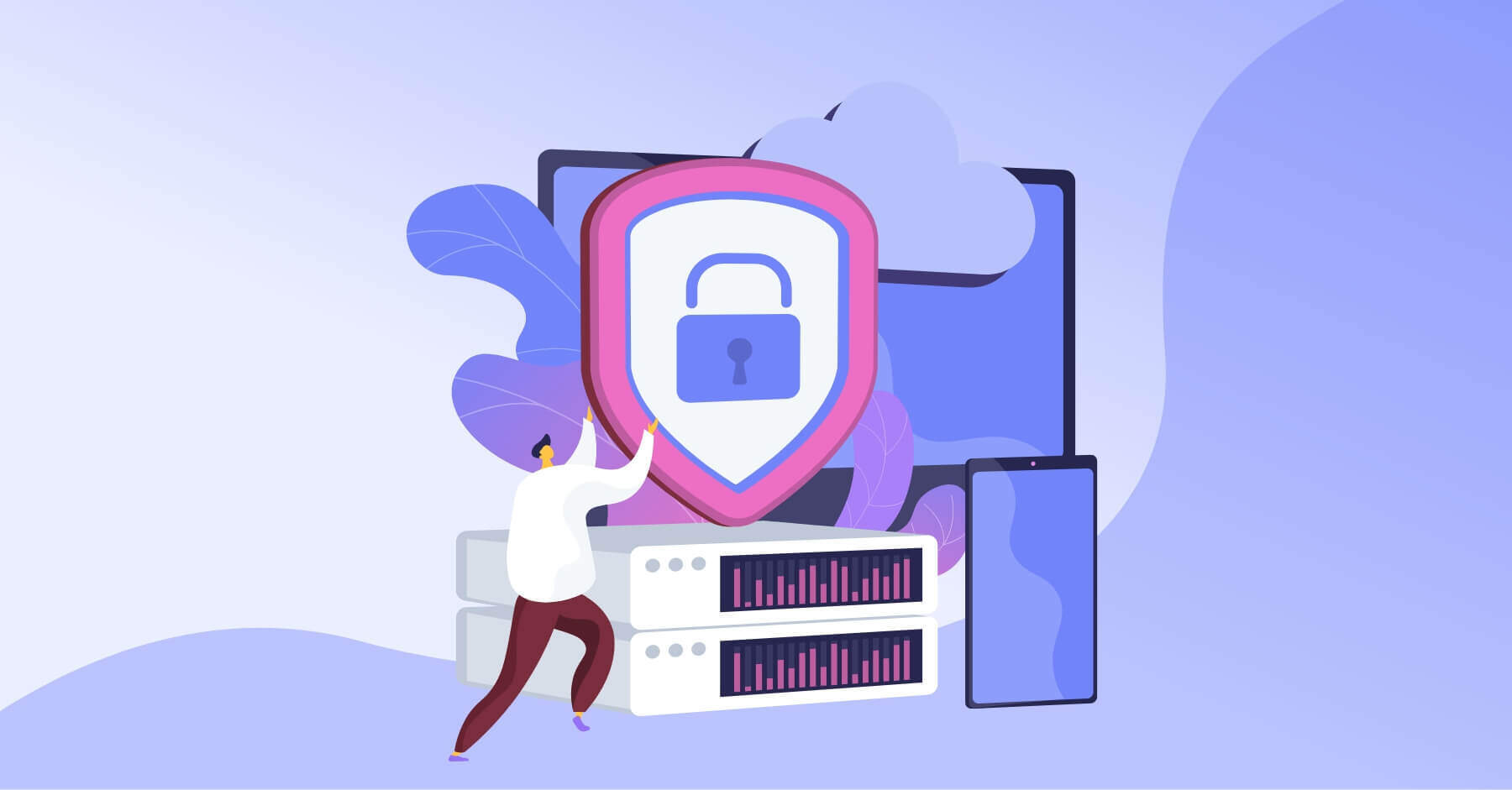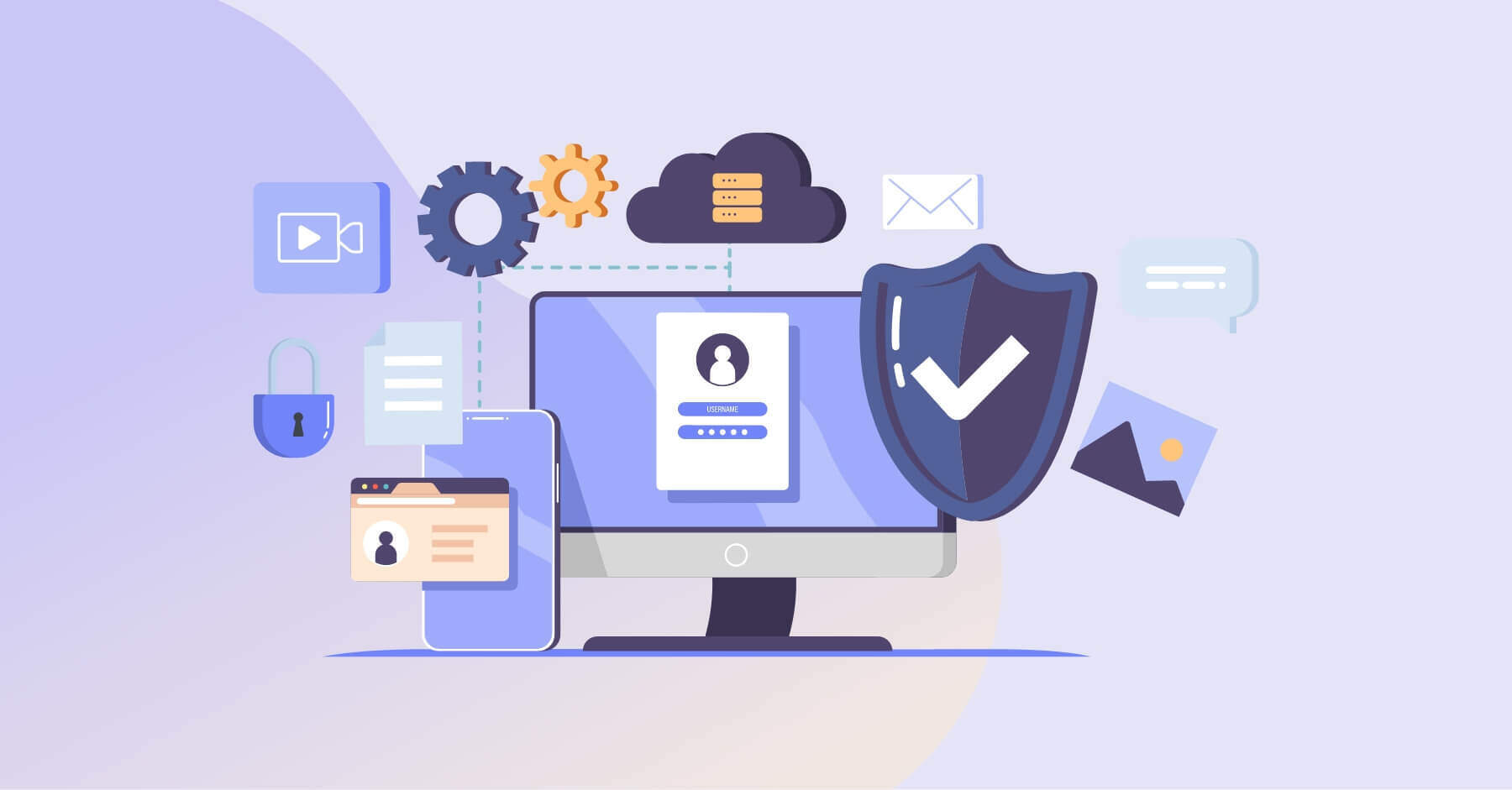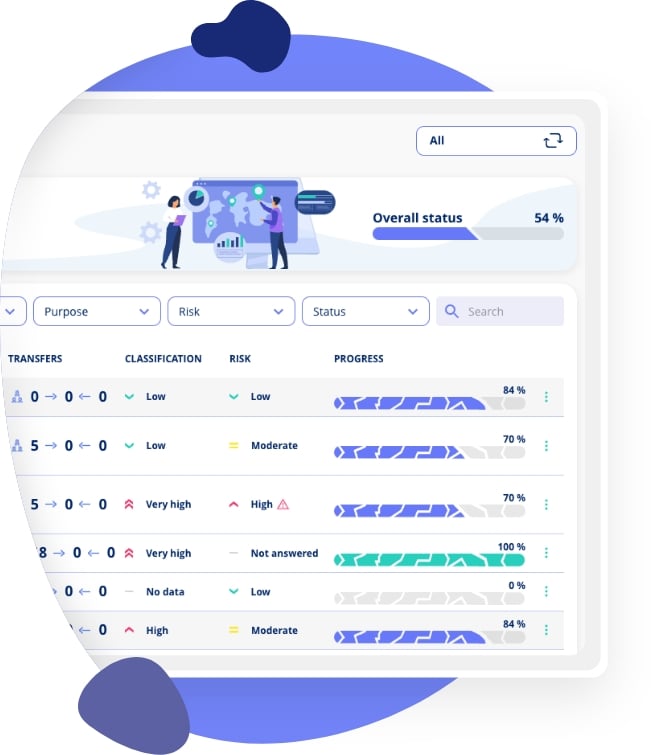How to implement GDPR in 10 easy steps

Introduction
Are you looking for a clear path to achieve GDPR compliance? Here's a guide to implement GDPR in 10 easy steps. With the right approach, you can ensure that your business complies with the requirements of the European data protection law, while also protecting personal data and building trust with your customers. Follow along as we break down how to navigate through this complex legislation with ease.
You may like: Get easily guided through the GDPR process
What is GDPR compliance in Europe?
The GDPR (General Data Protection Regulation) is a crucial framework for data protection that applies to all member states of the EU. Since its introduction in May 2018, businesses have had to adjust their behavior and change their approach to handle personal data compared to before.
Everything you need to know about GDPR
GDPR is not just a matter for the company; it's a shared journey that requires deep understanding and dedication from all staff. It's not only about complying with the regulations; it's about adopting a cultural change and a new mindset where data protection is essential. GDPR seeks to unify and reinforce data protection laws in the EU while increasing people's rights to their personal data. It also places heavy responsibilities on organisations that process such data.
To protect the rights of data subjects and achieve compliance, organisations must implement measures to ensure lawful, fair, and transparent processing of personal data.
See: What Are The 6 Principles of GDPR? + The 7th principle
Historically, non-compliance with GDPR has resulted in significant fines, which can amount to millions of euros or up to 4% of a company's global annual revenue, depending on the higher amount. Therefore, there is good reason to ensure compliance!
What does it mean to be GDPR compliant?
To achieve compliance, both the company and its employees need to contribute - but what does it actually mean to be GDPR compliant? This is what we will delve deeper into now.
GDPR compliance encompasses everything from awareness and understanding among employees regarding the protection of personal data to the implementation of specific procedures and technical security measures within the company. It starts with fostering a culture where all employees are aware of and understand the importance of data protection and their role in ensuring GDPR compliance.
See: What Is GDPR Compliance And Does It Apply to You?
First and foremost, the company must conduct a thorough analysis of its data processing activities to identify the types of personal data it handles. This process also involves understanding why and how this data is used and shared internally and externally. Based on this analysis, policies and procedures can be developed and implemented to ensure that all data processing complies with the requirements of the GDPR.
Additionally, the company must ensure that it has appropriate technical and organisational security measures in place to protect personal data from unauthorised access, loss, or misuse. This may include implementing firewall and antivirus software, regular security monitoring, data encryption, and restricting data access so that only authorised individuals can access it.
A key part of GDPR compliance is having a way to deal with data requests from data subjects, such as requests to delete their data (the right to be forgotten). The company must answer such requests in a certain time and make sure that data is fully and safely deleted as requested.
GDPR Documentation Requirements: Checklist of Documents Required by EU GDPR
10 steps to implement GDPR in your company

While implementing GDPR may appear challenging, a structured approach can break it down into feasible steps, making the process more manageable.
Here is a guide with 10 steps to implement GDPR in your company:
- Awareness: Educate the company's employees about GDPR and make sure they understand its importance and their part in adhering to it. This can be done through activities such as awareness courses and workshops.
- Review your data: Do a thorough review of all data that the company processes. This could be located in IT systems, computers, mobile phones, physical files, or any other place where data is stored. This information will be used for the required record, as explained in step 6.
- Implement security measures: Ensure that the company protects personal data by implementing both technical and organisational security measures.
Technical security measures are in place to protect personal data against unauthorised access, misuse, or loss. This can be done through data encryption, access control, updated security software, and regular security audits of IT security.
Organisational security measures are more concerned with human factors as well as internal policies and practices within the company. Here, personal data is protected through measures such as clear data protection policies and procedures focusing on guidelines for data processing, contingency plans for security incidents, and procedures for handling data requests from data subjects.
- Obtain consent: Ensure to obtain consent properly when required by GDPR. This also involves providing clear and understandable information about the purpose of data processing, as well as allowing individuals to withdraw their consent if they wish to do so.
- Enter into data processing agreements: When sharing personal data with third parties, it is crucial to establish data processing agreements (also known as DPA). These agreements ensure that the third party complies with GDPR by implementing appropriate security measures and adhering to data processing principles.
- Set up the required record of processing activities: After the data has been reviewed in accordance with step 2, the activities where the company processes personal data must be described according to the requirements listed in GDPR Article 30. You can find further explanation of what a record for companies entails on GDPR.dk's website.
Any personal data used by the company can be found in activities such as customer management, payroll, billing, accounting, marketing, application evaluation, IT systems, and regular communication with employees and customers – and any other use of personal data in the company. - Conduct a risk assessment: Use your record of processing activities to evaluate the risks of processing personal data. This evaluation will reveal how exposed your activities are to possible data security breaches and show potential threats and their impacts. It can also help decide how secure and compliant with GDPR rules you should be.
- Follow the principles of privacy by default and possibly privacy by design: Make sure that the company includes data and privacy protection in all systems and processes by default, as privacy by default principles demand. When feasible, also apply the principles of privacy by design, making data and privacy protection an essential part of a product/service development.
- Consider appointing a DPO: While a Data Protection Officer (DPO) is not a requirement for all companies under GDPR, it can still be beneficial, especially if your company handles significant amounts of personal data. A DPO can oversee GDPR compliance and act as a liaison for supervisory authorities and other parties. However, having a DPO is mandatory for public authorities and companies that do regular and extensive monitoring of individuals or handle large amounts of sensitive data.
- Regular review and updating: GDPR is a legislation that changes continuously. Therefore, it's important to frequently evaluate and revise the company's activities, risk assessments, procedures, and policies to ensure compliance. Additionally, remember to document all initiatives to comply with GDPR, including the results of the company's data audits and risk assessments, policies, procedures, and received data requests.
By following these steps, your company can make significant progress in implementing GDPR compliance while protecting personal data and enhancing trust among customers and partners. It's important to remember that this list is not exhaustive, as GDPR is complex and evolves over time. Therefore, implementation should be tailored to the specific context and continuously updated in line with the latest changes and guidance from relevant authorities and experts.
Key points

This guide to GDPR compliance shows ten important steps to take in order to comply with the current GDPR. It covers everything from raising awareness and reviewing data to implementing security measures and obtaining consent. The guide emphasises the importance of documentation and regular updating of procedures and policies.
For further details and more guidance on your GDPR compliance: GDPR Compliance Checklist: How to Be GDPR Compliant in 2023.
How can GDPR compliance software like .legal help?
As stated, failing to follow GDPR can result in significant fines, while applying GDPR correctly shows not only dedication to data security but also respect for people's privacy rights.
GDPR documentation in Excel vs. Platform
For companies looking to navigate the sometimes complex landscape of GDPR rules with ease and accuracy, legal tech software from .legal can be the solution to improve and streamline the compliance process. Here, the company gets tools to assist with everything from GDPR documentation and planning to auditing of data processors and Privacy ISMS (including IT security and NIS2).
By using GDPR compliance software a company can ensure that its processes are efficient, accurate, and in compliance with the evolving requirements and standards of data protection, thus improving both customer trust and overall legal compliance.
GDPR Compliance Software




.jpeg)

.jpg)
.jpg)



.jpg)

-1.png)



.jpeg)








.jpg)





Info
.legal A/S
hello@dotlegal.com
+45 7027 0127
VAT-no: DK40888888
Support
support@dotlegal.com
+45 7027 0127
Need help?
Let me help you get started

+45 7027 0127 and I'll get you started
.legal is not a law firm and is therefore not under the supervision of the Bar Council.








